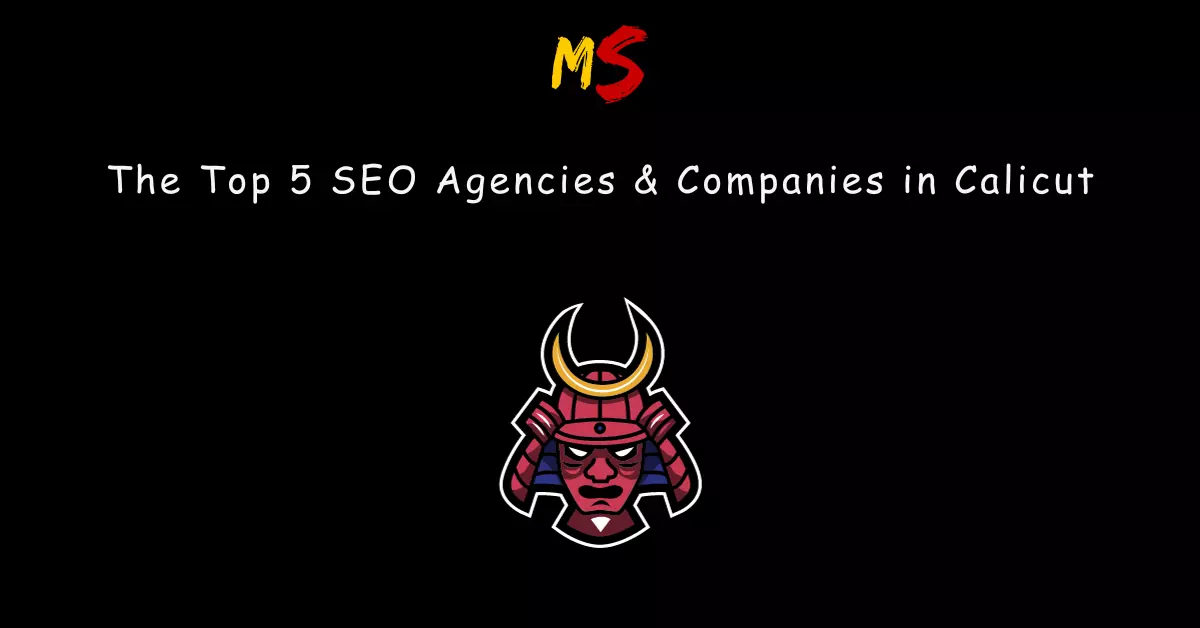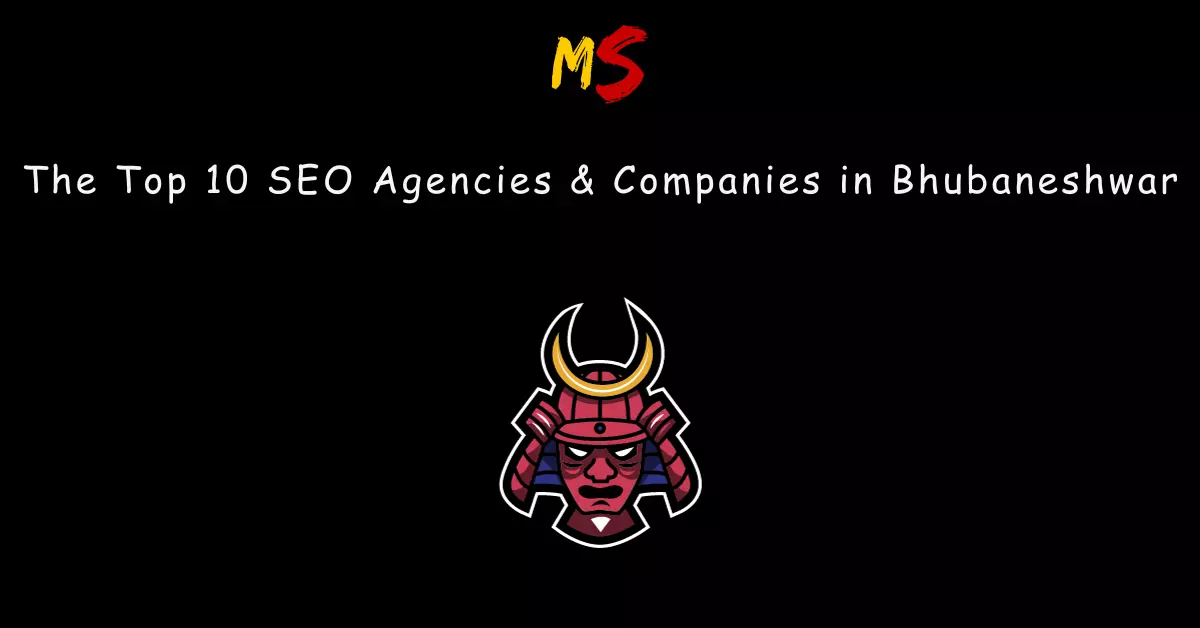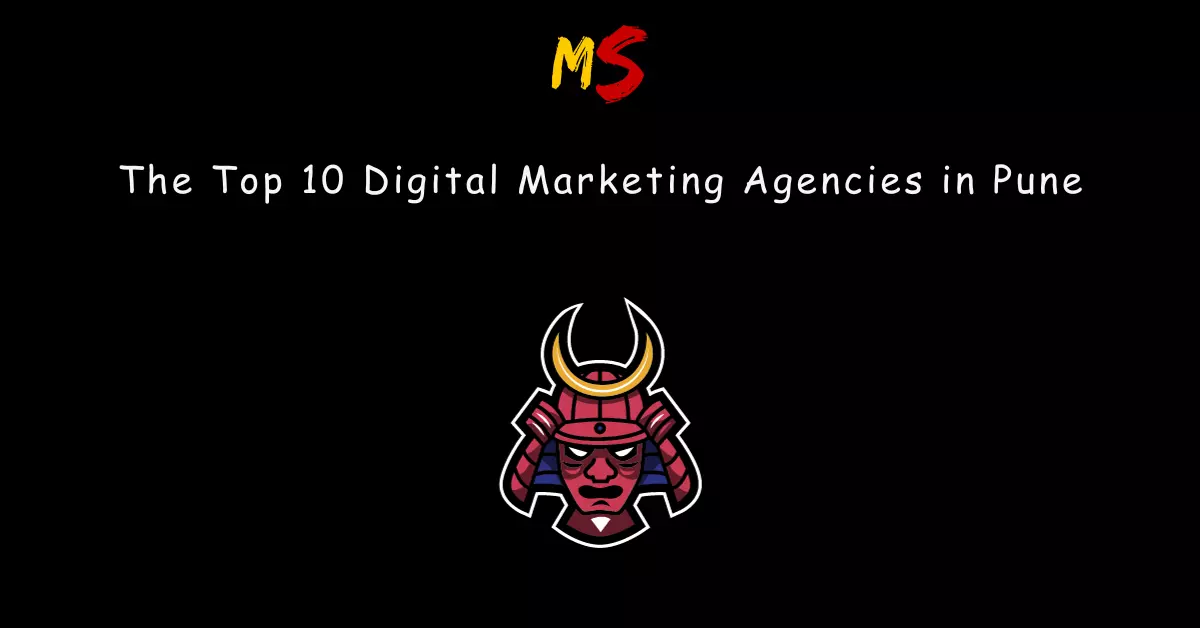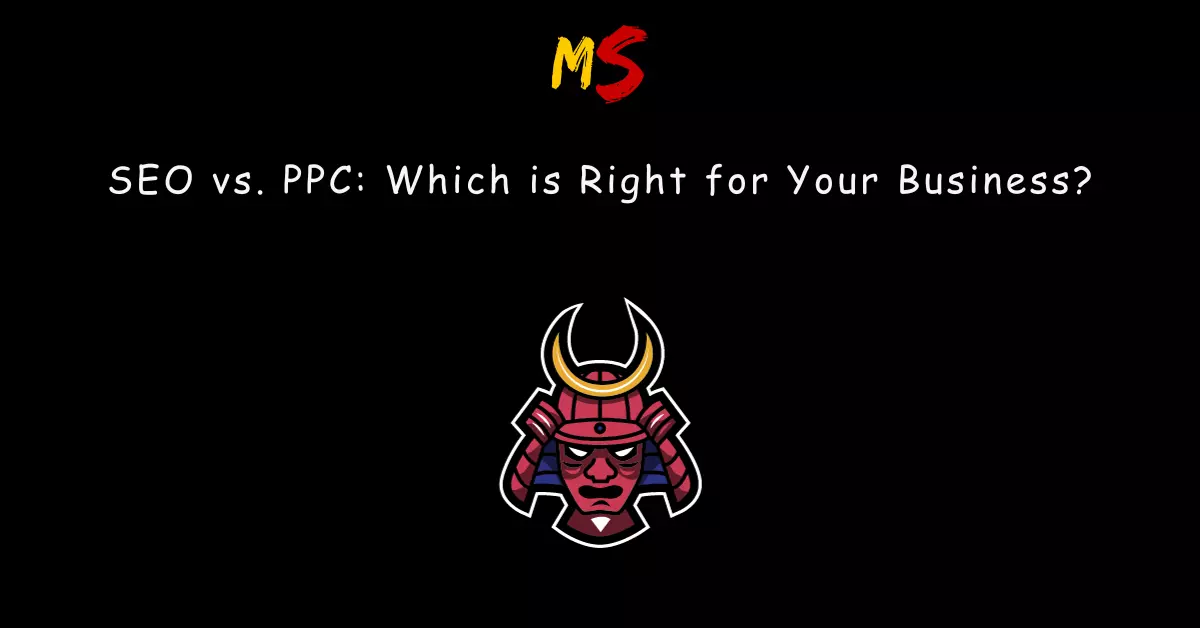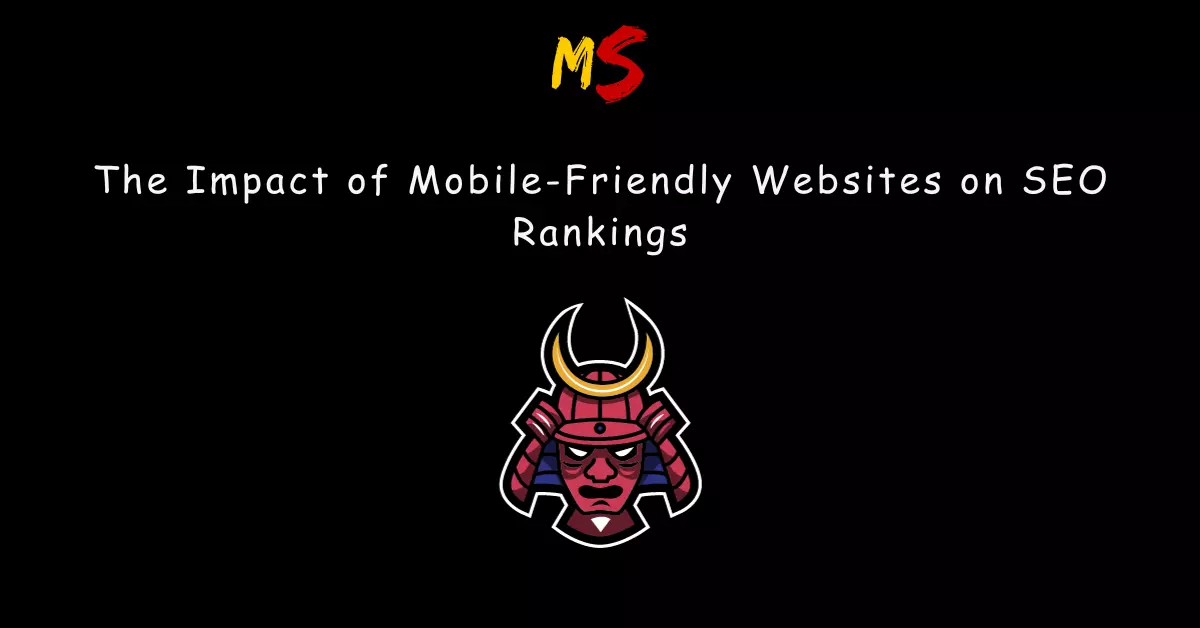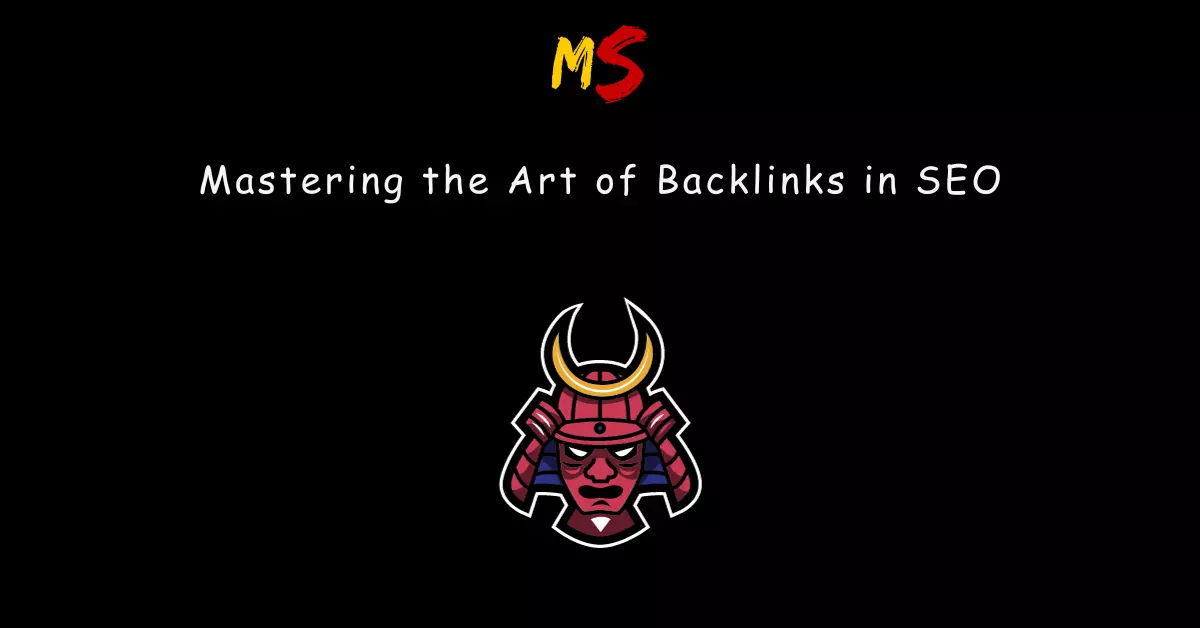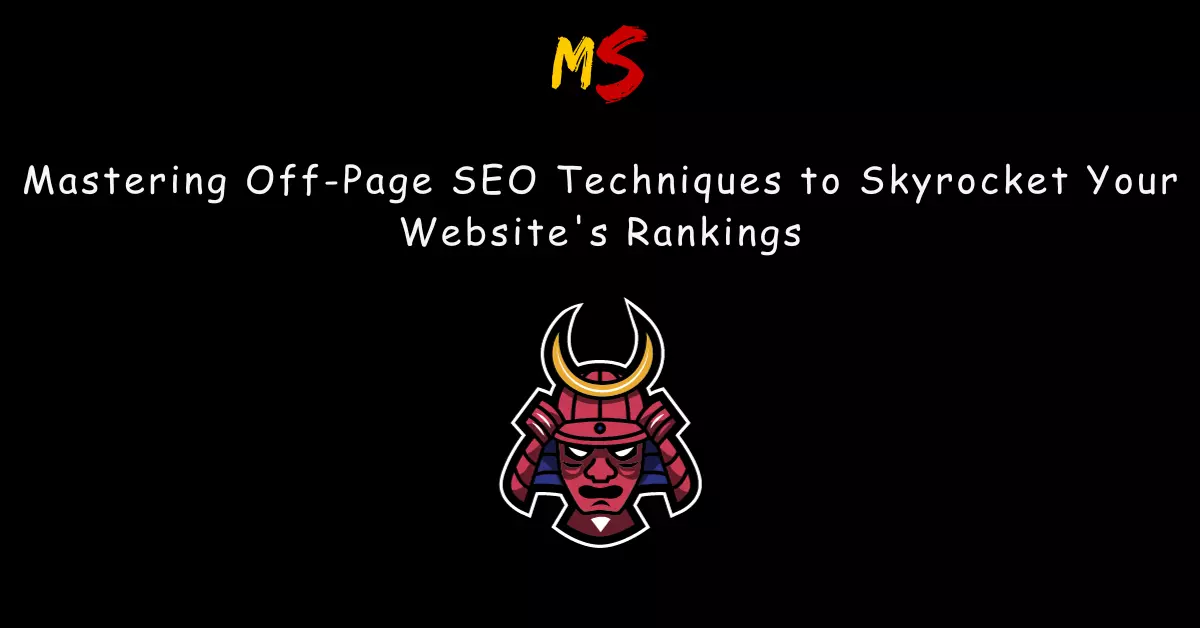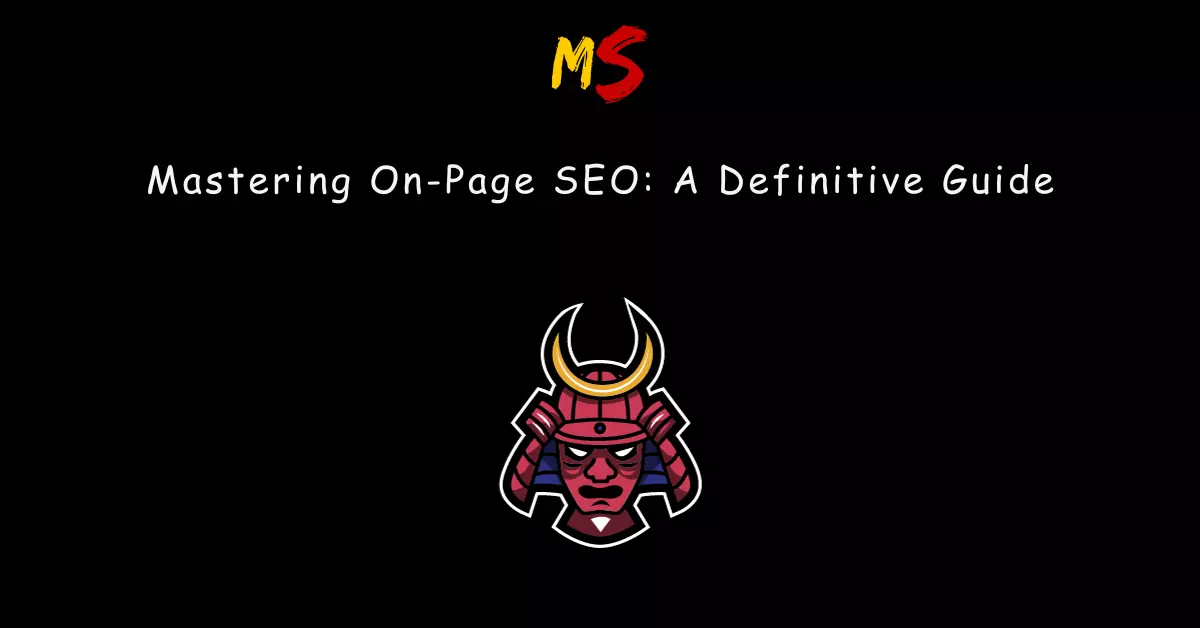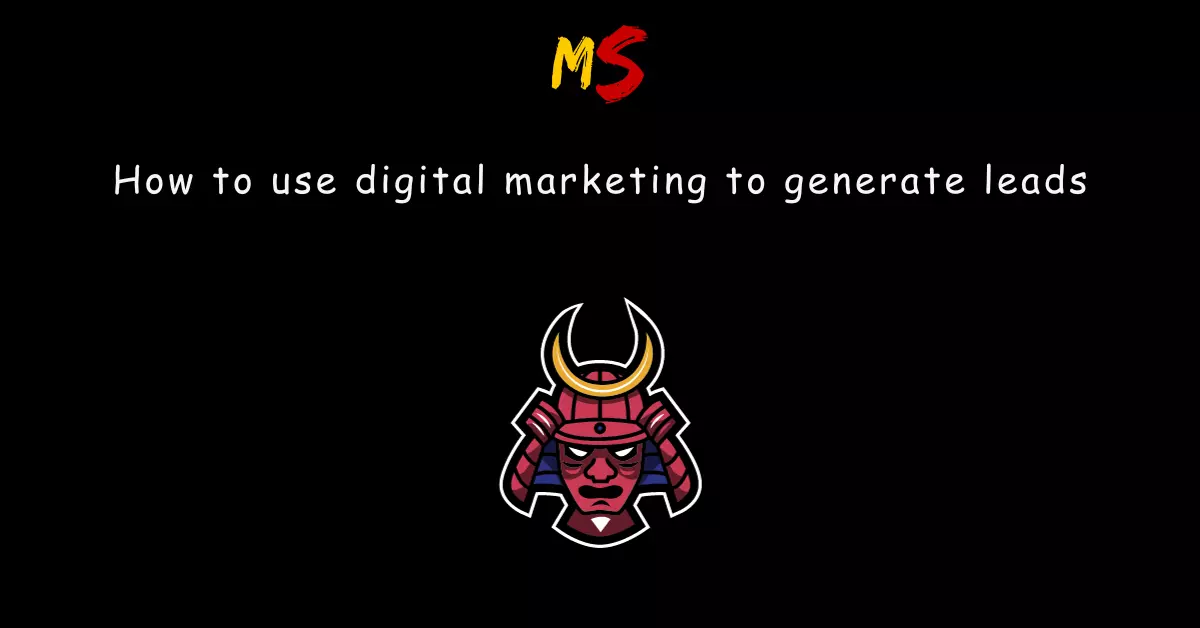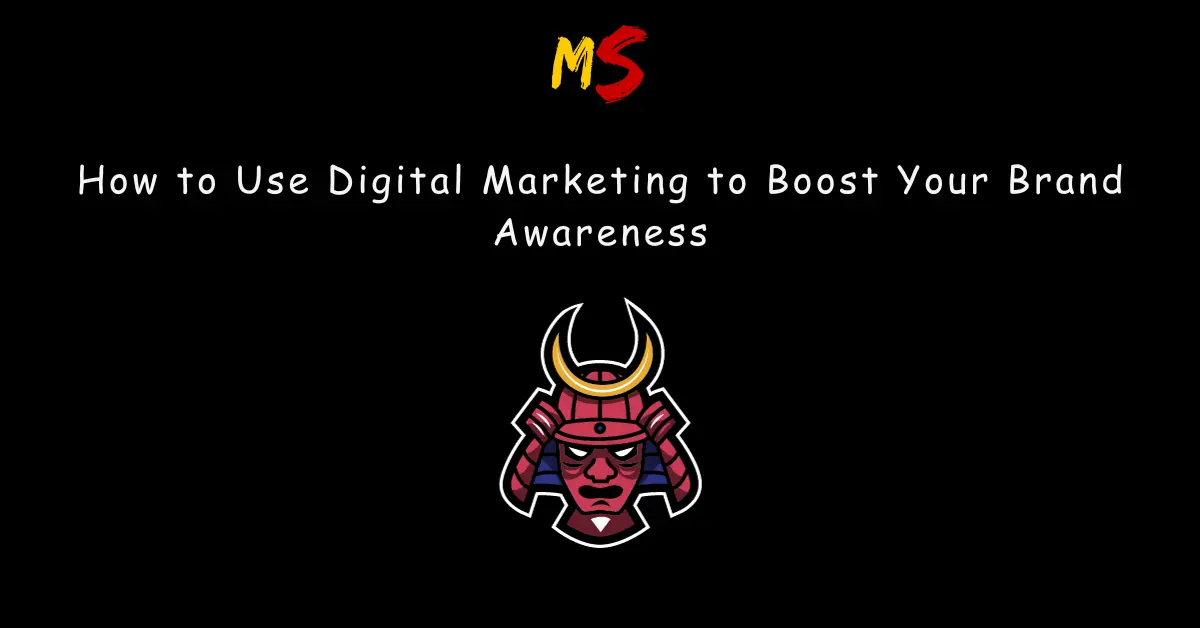The marketing world has experienced a pivotal shift from traditional mediums, such as print and television, to dynamic digital platforms. One standout in the digital marketing landscape is video content, whose power and reach are undeniably significant. For industries like automotive, which thrives on visuals and emotional appeal, video content has become indispensable.
The Power of Visual Storytelling in the Automotive Industry
In an era of information overload, capturing and holding attention is a formidable challenge. Yet, in the automotive industry, where the allure lies in sleek designs, roaring engines, and cutting-edge innovations, marketers possess a powerful tool to engage their audiences: visual storytelling. Let’s delve deeper into how this mode of communication significantly influences consumer behavior and decisions.
Imagine reading an intricate, thousand-word essay on the beauty of a car versus watching a 30-second video of the same car racing against the backdrop of a setting sun. Which do you think will leave a more lasting impact? Scientifically, our brains are designed to favor the visual. It processes visuals 60,000 times faster than text. This means that within moments of viewing, video content can create a profound imprint, conveying intricate details and emotions that would take pages of text to articulate. In a world where time is the essence, this rapid communication becomes invaluable.
- Emotion-Driven Purchases:
The journey to purchasing a vehicle is laden with emotions. From the pride of owning a luxury brand to the thrill of a sports model’s acceleration, emotions often steer the wheel of decisions. It’s rarely just about getting from point A to B; it’s about the experience, the status, the safety, and the adventures awaiting. Videos are adept at conveying these complex emotions. Through carefully crafted visuals, sounds, and narratives, they can evoke a sense of longing, excitement, or trust. When an audience watches a family safely journeying through rain in a robust SUV, or a couple enjoying a scenic coastal drive in a convertible, it’s not just a vehicle they see, but a lifestyle, a promise.
Static images or text can detail features, but videos bring them to life. Want to spotlight the elegance of a car? Capture it gliding through city streets at night, headlights gleaming and reflecting off glass skyscrapers. Need to highlight innovative features? Craft a scenario where they come into play, like a sudden brake assist feature activating just in time. And if it’s the performance you’re selling, let the audience hear the engine’s growl, see the swift acceleration, or witness the smooth handling around tight curves. Video content provides a dynamic canvas, allowing brands to paint vivid, compelling pictures that resonate with potential buyers, differentiating their offerings in a competitive market.
Types of Video Content for Automotive Marketing
The automotive sector, with its blend of engineering marvels and aspirational lifestyle branding, perfectly positions itself for this dynamic. But how can automotive brands translate the roar of an engine, the sleekness of a design, or the trust in safety features into an online platform? The answer lies in video content. By leveraging various types of video content, automotive brands can offer virtual ‘test drives,’ tell compelling brand stories, and build lasting consumer relationships. Let’s explore the diverse video content strategies reshaping automotive marketing:
- Product Demonstrations and Walkthroughs: These videos provide detailed insights into vehicle features, specifications, and unique benefits. Using a video editor, brands can highlight specific components, ensuring viewers grasp the full range of a vehicle’s offerings.
- Testimonial and User Experience Videos: Genuine stories from real users build trust and resonate with potential customers, showcasing the real-world benefits of vehicles.
- Behind-the-Scenes and Manufacturing Processes: Demonstrating commitment to quality and innovation, these videos peel back the curtain, allowing customers to see the craftsmanship behind their vehicles.
- Comparison Videos: Here, a brand’s vehicle is stacked against competitors, highlighting advantages and unique selling points.
- Virtual Reality (VR) and Augmented Reality (AR) Showcases: These offer immersive experiences, letting potential buyers virtually ‘feel’ the vehicle before a physical test drive.
Best Practices for Automotive Video Content
From the alluring contours of a sports car to the rugged capabilities of a 4×4, there’s no better way to capture the essence of a vehicle than through video content. Whether it’s a cinematic unveiling of a new model, a behind-the-scenes look at the engineering process, or a user-generated testimonial, video has the unique ability to bring cars to life in the eyes of the viewer. As the line between content creator and consumer continues to blur, understanding best practices for automotive video content becomes paramount.
- Keep It Concise: With dwindling attention spans, short and impactful videos are vital. A quick, engaging video can convey a message more effectively than a drawn-out one.
- High Production Quality: Invest in professional shots, clear audio (enhanced with an audio editor), and captivating visuals to keep viewers hooked.
- Storytelling: Every vehicle has a story. Craft a compelling narrative that resonates with viewers, making them more likely to convert.
- Include a Call-to-Action (CTA): Guide viewers on their next steps, whether it’s visiting a website, booking a test drive, or another specific action.
- SEO for Video: Ensure your videos are discoverable. Use descriptive titles, tags, and descriptions, perhaps even converting some content to audio using an mp3 converter to widen your reach.
Utilizing Social Media Platforms
Whether you’re a seasoned marketer or a curious individual, let’s embark on this journey to master the art and science of utilizing social media platforms. Platforms such as YouTube, Instagram, TikTok, and Facebook play a pivotal role in promoting video content. However, strategies should vary:
- Tailor Content Based on Platform: A video for TikTok should differ from one on YouTube. Understand platform specifics and target audience demographics for best results.
- Engage with the Community: Foster relationships by addressing comments, encouraging shares, and collaborating with influencers or similar brands.
The Importance of Metrics and Analytics
Metrics and analytics are the compasses guiding businesses toward informed decisions and optimized outcomes. Beyond mere numbers, they reveal stories of performance, pinpointing where we thrive and where we can improve.
- Monitor Performance: Tracking views, engagement rates, and conversion rates provides insights into video effectiveness.
- Adapt Strategically: Using platforms and tools to monitor video content performance ensures marketing strategies evolve based on concrete data.
Future Trends in Automotive Video Marketing
Learn about the upcoming trends that promise to shape the next chapter of automotive video marketing.
- Personalized Content: Custom-tailored videos based on user behavior and preferences are on the rise.
- AI Optimization: AI will play a bigger role in refining video content, ensuring it reaches specific target audiences effectively.
- The Road Ahead: Automotive video marketing is likely to become more immersive, interactive, and tailored in the coming decade.
Conclusion
The transformative power of video content in automotive marketing cannot be overstated. It’s a dynamic tool that, when utilized effectively, can significantly boost brand visibility, trust, and sales. Brands should not only invest in video marketing but continuously innovate, ensuring they ride at the forefront of digital marketing trends.





